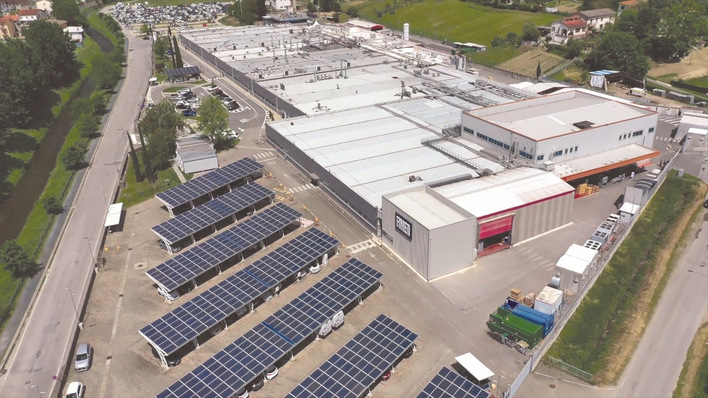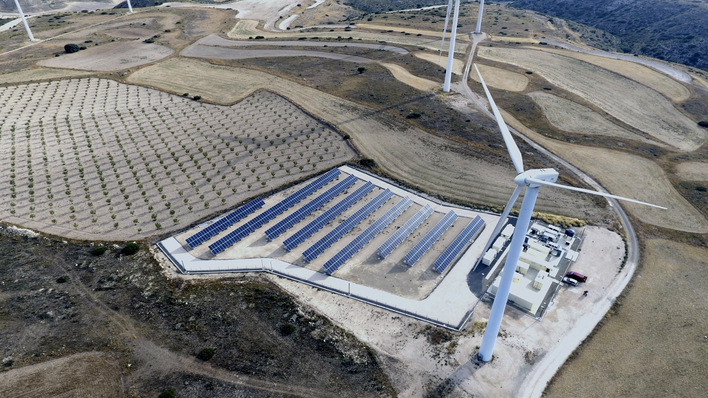Agri-PV is no longer just a technical add-on to solar development or a footnote in farming. It’s becoming a distinct industry in its own right, and one that bridges energy and agriculture in practical, forward-looking ways. By aligning both sectors towards a shared goal, agri-PV is supporting more sustainable and resilient production while bringing added value for landowners, farmers and energy providers.
Agri-PV: not a new option for circumventing laws
A common misconception, including even among authorities, is that agri-PV is simply a pretext for pushing PV projects onto agricultural land. Clear, consistent communication is needed to counter this view. At the heart of every project lies an agronomic concept. The PV element serves as a financing tool and a means of supporting more sustainable, resilient farming, and is not an end in itself.
Harvesting the full potential of agri-PV
New project approach: planning starts with agriculture
In future, CCE plans to adopt a new strategic approach: projects will begin with a clear agronomic goal such as cultivating olives for high-quality organic oil, with the PV element added later. The solar system will be designed to suit the needs of the agricultural project, not the other way around.

CCE
Take the project in Santa Lucia (Lazio region), for example. An existing PV installation was converted into an agri-PV model focused on producing high-quality olives. The PV system helps secure financing and supports more sustainable, efficient crop management, while the agricultural approach prioritises quality over quantity. First marketable results are expected from 2026.
Marius Sinn of Next2Sun: “We achieve additional yields of up to ten percent”
Structural implementation – new companies with agronomic focus
CCE Italia plans to establish a separate company in 2025 dedicated entirely to the development and implementation of agri-PV projects. The focus is not only on generating electricity but also on producing high-quality agricultural goods for the market. Each project company will operate with its own structure, including agricultural management, monitoring systems and an expanded business model that combines energy sales with the marketing of agricultural products.
Subscribe to our special free newsletter for farmers
Technology offers precision and control
The projects are based on advanced technologies, including sensor systems for yield and quality monitoring, precision farming, software-controlled water management, full carbon footprint measurement and resource efficiency tools. The goal is to achieve a fully documented and certified production process.
Scaling and market integration
The agri-PV concept is set to expand across Europe in the coming years. CCE’s membership in the Italian Association for Sustainable Agrivoltaics (AIAS) helps maintain close ties with key stakeholders in both agriculture and energy. It also provides a platform to shape new perspectives and support a shift in how agri-PV is understood. AIAS has already introduced a new job title: agrivoltore – an agricultural entrepreneur who is also an energy producer.
How Agri-PV supports regenerative and sustainable agriculture
Outlook: Quality instead of quantity, resilience instead of volume
Agri-PV offers a way to produce high-value agricultural goods with measurable environmental benefits – powered by clean energy and guided by intelligent control systems. The outcome is products with guaranteed origin, proven resource-efficient production and strong quality standards. As a result, agri-PV provides not only a new economic perspective for agriculture but also a tangible contribution to ecological transformation. (Sandro Esposito/hcn)
More about CCE









